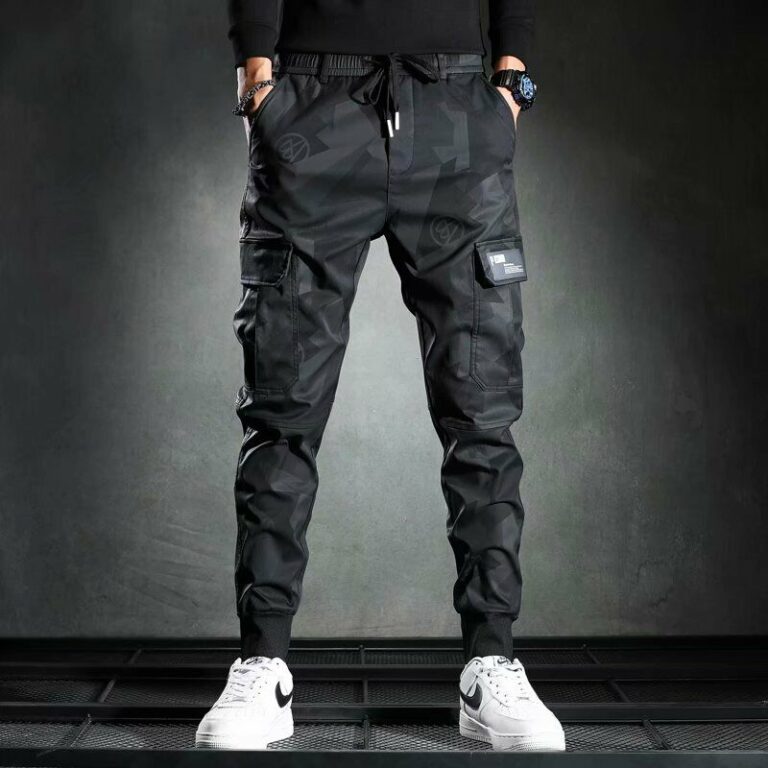
The manufacturing process for jogger cargo pants can vary depending on the specific materials, design, and production methods used. However, here is a general overview of the typical steps involved:
Overall, the manufacturing process for jogger cargo pants can be complex and involve multiple steps, but attention to detail and quality control are essential to ensuring that the finished products are comfortable, functional, and of the highest quality.